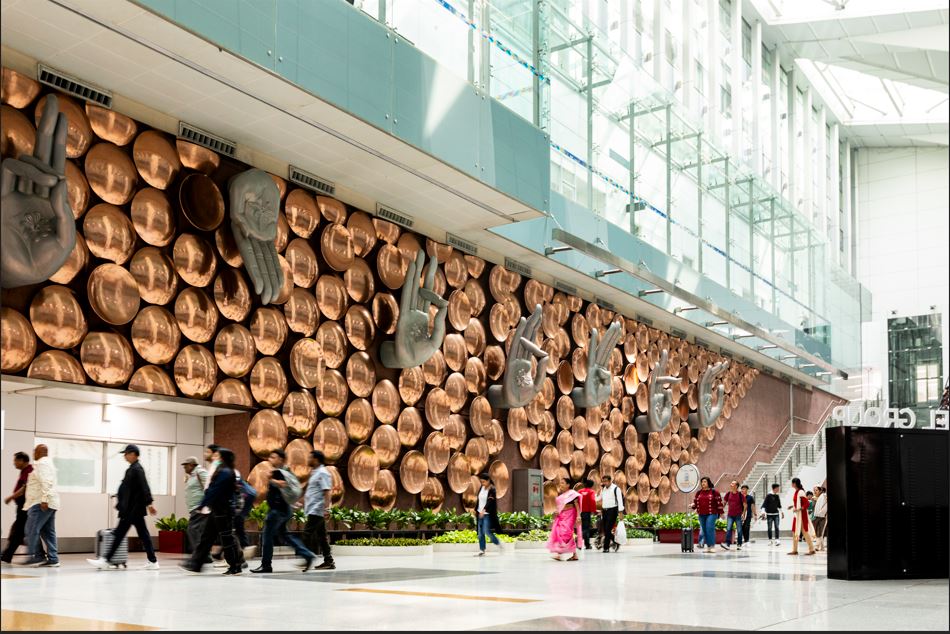
“The bitterness of poor maintenance remains long after the sweetness of low cost is forgotten.” — A time-tested engineering adage that captures the silent truth of every large infrastructure project.
Maintenance is not just about fixing what’s broken — it’s about preserving functionality, ensuring safety, and optimizing operational performance over time. But what if we designed facilities where maintenance wasn’t reactive, but intuitive?
This principle, often emphasized by seasoned engineers and operations experts, highlights a crucial reality:
In complex infrastructures like airports, commercial towers, and transportation hubs, failures rarely stem from design flaws alone. Often, they result from a lack of foresight into how facilities will be maintained across their lifecycle. Operational wear and tear, costly shutdowns, and energy inefficiencies are symptoms of a deeper issue: the failure to design with maintainability at the forefront.
Designing for maintainability means ensuring that every system, space, and component is not only functional at handover — but remains accessible, serviceable, and efficient throughout its operational life. It’s about proactively considering:
Ultimately, it's about reducing operational friction before it ever begins.
In 24/7 operations like international airports, even minor disruptions can cascade into costly delays. Imagine a baggage system hidden behind walls that must be dismantled for a simple inspection — or chillers accessible only through cramped, unsafe pathways. Designing for maintainability ensures fast, safe interventions without disrupting operations.
While design often focuses on capital expenditure, the real cost of a facility unfolds over decades. Poor maintainability inflates operational expenses — from the need for specialized tools and labor to higher energy bills caused by inefficient systems. Proactive design saves money across the facility's full lifecycle.
Maintenance is inherently risky. When access, clearance, and ergonomics are neglected during design, the risk of injury increases dramatically. Good maintainability design equals better safety — from proper lighting to fall protections and safer access pathways.
Sustaining energy performance depends on regular maintenance — from filter replacements to system recalibrations.
Facilities designed with maintenance in mind are far more likely to meet and sustain their energy and sustainability goals.
Logical layouts and accessible systems make it easier to onboard new maintenance teams. In dynamic environments like airports with high staff turnover, this translates to faster learning curves and greater resilience.
Despite its importance, maintainability is often under-prioritized. Frequent mistakes include:
How can we embed maintainability into the DNA of every project?
At GEMS, maintainability is more than a buzzword — it’s a commitment. Whether designing baggage handling systems for global airports or optimizing energy use in commercial towers, GEMS ensures that facilities support operations long after the ribbon-cutting.
Projects like Delhi’s IGI Airport and Hyderabad’s RGIA stand as examples where maintainability was central to equipment selection, system layouts, and training protocols. Because at GEMS, engineering is not just about today — it's about the decades ahead.
As Roy Sebastian, CEO of GMR GEMS, aptly puts it:
"Facilities are not static monuments — they are dynamic, evolving systems. When maintenance is embedded into design from the outset, everything works better, lasts longer, and costs less. It’s time the industry makes ‘Design for Maintainability’ not the exception, but the standard."
Need support for your next facility project?
Drop us a mail at Rohitkumar.Singh@gmrgroup.in
Call us at +91 97171 99753
If you need any services, drop us a mail at Rohitkumar.Singh@gmrgroup.in or get in touch with us at +919717199753.